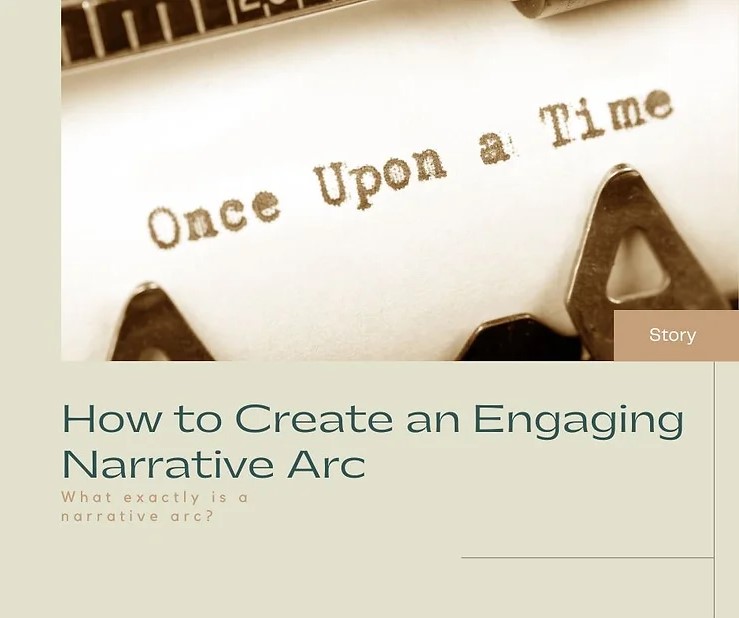True art forms often involve the telling of tales. The ability of the author to craft an interesting narrative arc is what separates a good story from a just average one. This manual explains how to structure a story so that it holds the reader’s interest throughout. An interesting premise isn’t enough to make a novel a successful seller; you also need a strong dramatic framework or narrative arc.
What exactly is a narrative arc?
The overall shape and development of a story are known as its narrative arc. The story’s setting and characters, the central conflict, any plot twists that build suspense, the story’s climax, and its conclusion are all elements that make up the narrative arc. The author establishes these cornerstones of a novel and then adds layers upon layers of complexity to keep the reader turning pages.
Story Structures and Genres
You’ll identify these plot types and story arcs right away:
Fiction in which the boy ends up with the girl. A boy gets a girl, but then he loses her due to some sort of quarrel. Amazing love stories are the result of authors’ careful construction of intriguing details, captivating characters, and complex situations.
Transformational tales of adversity and eventual success. The protagonist starts off destitute, then gains riches, loses everything (due to conflict), and eventually comes to the realization that they don’t really need it after all. This standard plot structure can be used by authors in a variety of ways, for example, by swapping out money for power, fame, or love.
The Difference Between a Narrative and a Character Arc
A character arc, in contrast to the story’s overall narrative arc, follows a single character as he or she undergoes a transformation. Character arcs, on the other hand, center on the inner development of a character, whereas narrative arcs refer to larger plot developments.
An Outline for Story Structure
Authors may become bogged down in the specifics of plotting their stories. Freytag’s Pyramid, however, is the simplest tool for plotting a novel. Gustav Freytag, a German playwright of the 19th century, devised this technique for creating a narrative arc. It’s called a pyramid because a plot of the elements’ momentums looks like a triangle, hence the name. Freytag’s Pyramid consists of the following parts:
Exposition
The exposition sets the stage for the story. Characters, place, and the problem that drives the protagonist and minor characters to action are all introduced.
Elevating Drama
This is the point in the story when things start to heat up because of the events that set everything in motion. Characters respond to unexpected events by making life-or-death decisions that drive the plot along.
Climax
At its climax, a story achieves its highest point of momentum. The reader is meant to be completely engrossed in this section of the novel as they anticipate the protagonist’s next move with bated breath.
Falling in Action
An ending can only sustain the story’s momentum for so long. As a result, the tension naturally decreases, and any ancillary plots are wrapped up during the declining action phase of the story arc. This aids the reader in locating the story’s climax and, ultimately, its conclusion.
Denouement
This is the last act when everything comes together, the primary difficulty is resolved, and the truth is revealed. The denouement provides the reader with time to contemplate the story’s conclusion, regardless of whether it is tragic or happy.
Because these are essential components of a narrative arc that will make a significant impact on your writing, adhering to the framework will assist enhance both the quality of your writing and the organization of your story.



